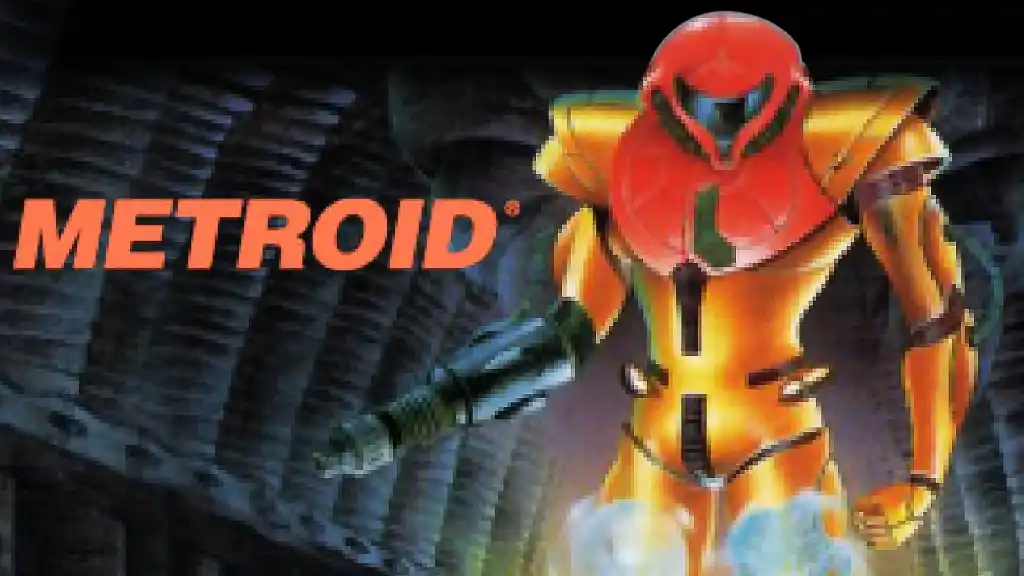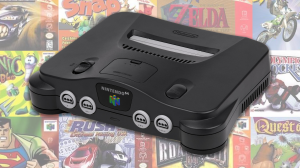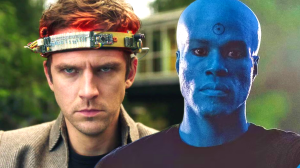The Metroid series has always occupied a special space in Nintendo’s library: moody, atmospheric, and steeped in a kind of quiet sci-fi loneliness that no other franchise quite captures. But with its sprawling history, decades of releases, and a habit of reinventing itself with each generation, Metroid also brings one big question for fans both new and old: What is the actual timeline? For a series so rooted in continuity, you’d think it would be straightforward. Yet, like many long-running Nintendo franchises, such as The Legend of Zelda, Metroid’s lore isn’t always delivered in a perfectly neat, chronological package.
Videos by ComicBook.com
If you’ve ever tried piecing together the Zelda timeline, or worse, trying to make sense of Mario or Donkey Kong’s history, you know Nintendo has a habit of treating canon like something flexible rather than fixed. Metroid is no different. Games often release out of chronological order, new entries retcon old plot points, and narrative threads get reinterpreted as the years go on. With Metroid Prime 4 on the horizon, many players are trying to figure out which games matter most and where each story actually fits.
The Metroid Timeline, Explained

Trying to assemble the Metroid timeline is like examining layers of archaeological data. The information is there; it’s just scattered across decades of games, manuals, and developer commentary. Broadly, the timeline is divided into two major branches: the mainline 2D series and the Prime subseries, which exists within a specific window of the story.
- Metroid / Metroid: Zero Mission
- Metroid Prime
- Metroid Prime 2: Echoes
- Metroid Prime 3: Corruption
- Metroid II: Return of Samus / Samus Returns
- Super Metroid
- Metroid: Other M
- Metroid Fusion
- Metroid Dread
The most confusing part? The Prime games all sit between Zero Mission and Metroid II, which is why they’re considered a narrative bridge within Samus’s early career. The 2D games follow a more traditional straight timeline, but even those get tangled due to remakes like Zero Mission and Samus Returns, which recontextualize elements from their originals.
The trouble is that Nintendo doesn’t always treat these games as fixed history. For example, Samus Returns introduced new lore, like the Chozo warriors, that wasn’t part of the original Metroid II. Metroid Dread then expanded on those retcons even further. The result is a timeline that feels coherent but constantly shifting, where each new game subtly reshapes what came before.
Does the Metroid Timeline Really Matter?

If you care about Samus Aran’s emotional arc, the evolution of the Metroid species, or the history of the Galactic Federation and Chozo, then understanding the chronology absolutely enriches your experience. Games like Super Metroid hit harder when you’ve seen Samus’s earlier encounters with the Metroids. Metroid Fusion’s narrative weight relies heavily on her past and the Federation’s increasingly questionable decisions. And Metroid Dread reveals major payoffs that echo all the way back to Metroid II.
At the same time, Metroid has always prioritized isolation, exploration, and atmosphere over complex continuity. You can jump into almost any entry and still understand the stakes: Samus is alone, the environment is hostile, and your mission unfolds organically through gameplay rather than exposition. Nintendo designs these titles to be largely self-contained, which is why the timeline is loose and occasionally rewritten.
So, while lore enthusiasts will absolutely enjoy piecing everything together, new players don’t need a PhD in Chozo anthropology or Samus’ entire history to enjoy the series. Metroid remains accessible precisely because Nintendo doesn’t force you to memorize the order.
Games To Play Before Metroid Prime 4

As Metroid Prime 4 approaches its December 4th release date, many newcomers may be wondering what games they need to play beforehand, while long-time fans may need a refresher after the long wait between Prime 3 and Prime 4. Fortunately, the answer is pretty straightforward: you don’t need to play any previous game to understand and enjoy Metroid Prime 4. That said, there are benefits to having knowledge of the series.
The entire Prime trilogy is worth playing before Metroid Prime 4 because they are all directly related. Sadly, only Metroid Prime Remastered is easily accessible. These games, especially Prime 3, are the best way to understand the lead-up to the latest game in the series. Outside of these three games, there are no directly necessary games.
Metroid or the Zero Mission remake is an optional title that will help add context to the Space Pirates, Mother Brain, and Galactic Federation. Super Metroid and Metroid Fusion are lore-adjacent, providing clarity on Samus’ motivations and personality. These are the games that diehard Metroid fans or those looking for a more involved experience should play ahead of Metroid Prime 4.
Metroid’s chronology is messy, flexible, and occasionally contradictory—but that’s part of its charm. Nintendo never intended it to be a rigid, perfectly aligned sequence. Instead, the series grows organically, with each new entry refining or expanding the lore in whatever direction best fits the story. As we head into Metroid Prime 4, knowing the chronology will deepen your appreciation, but you won’t be lost if you don’t track every retcon. Samus’s story has always been told through atmosphere, discovery, and isolation. That remains timeless, no matter what order you play the games in.
What do you think? Leave a comment below and join the conversation now in the ComicBook Forum!









